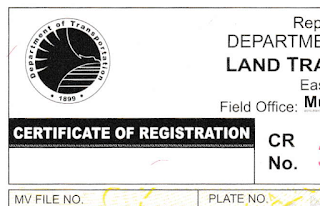How to Keep Your Computer and Smartphone Free from Malware

A Brief Guide for Keeping Your Computer and Smartphone Malware-Free An infected computer or smartphone is unsafe to use, especially for shopping, banking and other important online transactions. Some malware can even cause a computer to become part of a "botnet" that is used by criminals to perpetrate certain types of attacks on the Internet. To keep your device malware-free, take these essential precautions. General Precautions Keep the operating system (Windows, Android, iOS, etc.) updated. If your device is no longer receiving security updates, replace it with a new one. Uninstall or deactivate apps that you don’t use. Install an app only if you need it. Don’t let children and other people who are not security-aware tinker with the device, because they might change an important setting, connect to an open network, or use it to visit a malware-infected site or download an infected file or app. Lock the device before leaving it. Also, set your device to lock i...




